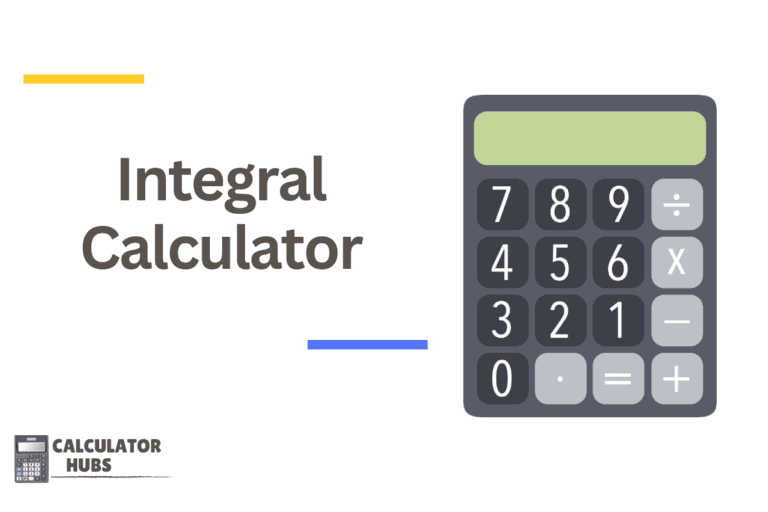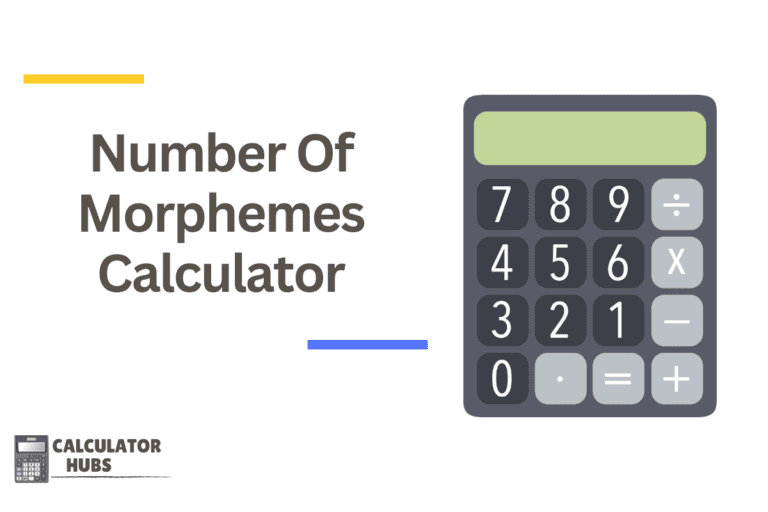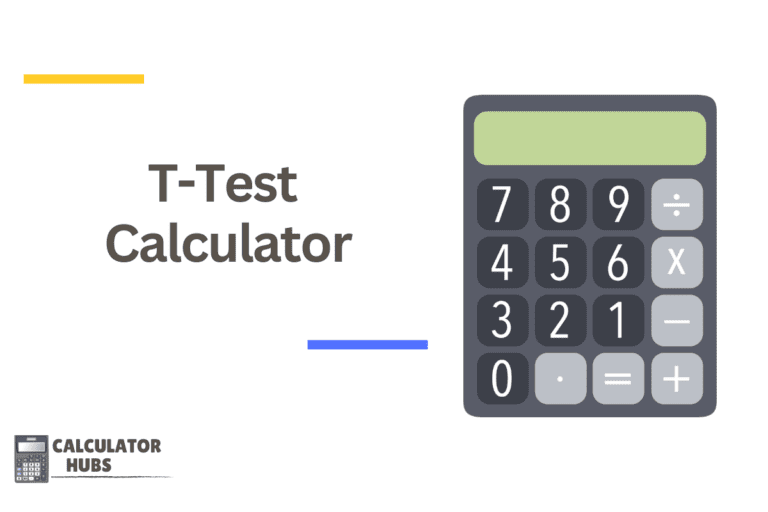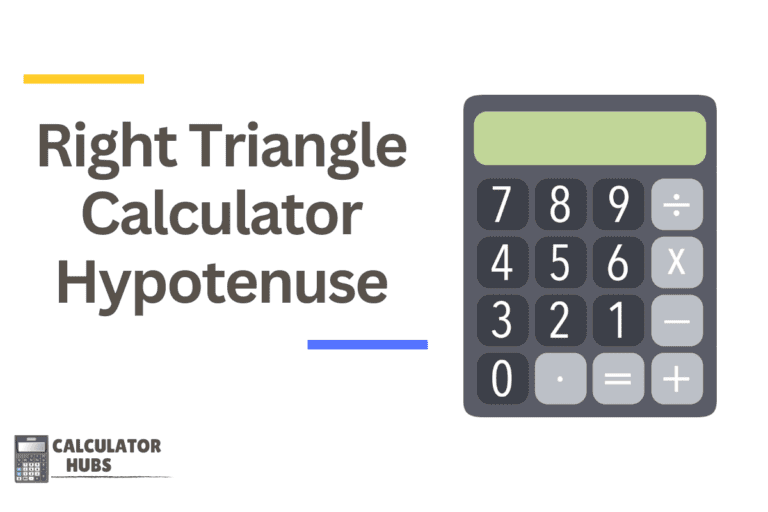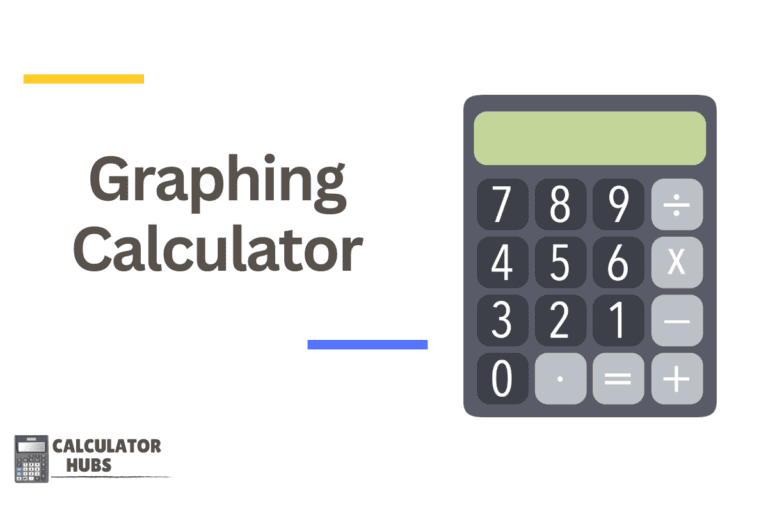Standard Deviation Calculator
Standard Deviation: 0.00
Standard Deviation Calculator is a statistical tool crucial for researchers, statisticians, and anyone involved in data analysis. It measures the amount of variation or dispersion in a set of data values. Understanding standard deviation helps in determining the spread of data points in relation to the mean (average), which is vital for assessing the reliability and variability of data sets in fields such as finance, science, and engineering.
How the Standard Deviation Calculator Works
The Standard Deviation Calculator simplifies the complex calculation process by allowing users to input a series of data points. It then computes the standard deviation based on these inputs.
Inputs and Operations:
- Data Set: A series of numbers for which the standard deviation is to be calculated.
Formula Used:
The calculator primarily uses the formula for sample standard deviation, which is more commonly applied when dealing with a subset of a larger population:
Standard Deviation (s) = sqrt[ Σ(xi - x̄)^2 / (n - 1) ]Where:
- ( sqrt{} ) denotes the square root.
- ( \Sigma ) signifies the sum over all data points.
- ( xi ) represents each value in the data set.
- ( x̄ ) is the mean of the data set.
- ( n ) is the total number of data points.
- ( n – 1 ) is the degrees of freedom in the sample.
General Terms and Definitions Table
| Term | Definition |
|---|---|
| Standard Deviation | A measure of the amount of variation or dispersion in a set of values. |
| Data Set | A collection of data points used in statistical calculations. |
| Mean | The average of the data set, calculated as the sum of all data divided by the number of data points. |
| Variance | The average of the squared differences from the Mean. Standard deviation is the square root of variance. |
Example of Calculator Use
Scenario:
- Data Set: 10, 12, 23, 23, 16, 23, 21, 16
Calculation:
- Calculate the mean (average) of the data set.
- Subtract the mean from each data point and square the result.
- Sum all the squared values.
- Divide by the number of data points minus one.
- Take the square root of the result to get the standard deviation.
This process provides the standard deviation, which shows how much the data varies from the average of the data set.
Most Common FAQs
1. What does a high standard deviation indicate?
A high standard deviation indicates that the data points are spread out over a wider range of values, implying greater variability within the data set.
2. Is standard deviation sensitive to outliers?
Yes, standard deviation can be heavily influenced by outliers as it treats all deviations from the mean equally.
3. Can the calculator handle very large or very small numbers?
Yes, modern standard deviation calculators are designed to handle a broad range of numbers effectively.
4. What is the difference between population and sample standard deviation?
Population standard deviation considers all elements from a data set, using ( n ) in the denominator, whereas sample standard deviation uses a subset, with ( n – 1 ) to account for the degrees of freedom in the sample.
5. How can understanding standard deviation help in practical situations?
Knowing the standard deviation helps in risk assessment, quality control, and any situation where understanding data variability is crucial.
The Standard Deviation Calculator is an essential tool for statistical analysis, providing a quantitative measure of the spread of a data set. This helps in making informed decisions based on the reliability and variability of data, crucial in many scientific, financial, and industrial applications.

